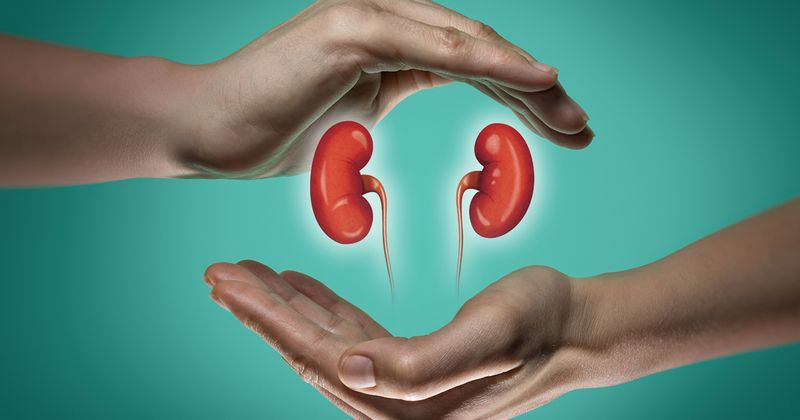Asymptomatic pyuria acts as a predictor of autosomal dominant polycystic kidney disease
The incidence of asymptomatic pyuria is correlated with rapid decline in kidney function irrespective of the autosomal dominant polycystic kidney disease genotype and cystic growth.
According to data published in Kidney360, asymptomatic pyuria can be used as an enriching prognostic biomarker to predict autosomal dominant polycystic kidney disease (ADPKD).

“Disease severity stratification using genetic, clinical and radiological biomarkers is used to predict the rate of ADPKD progression. Height-adjusted total kidney volume (Ht-TKV) has been recognized as a prognostic biomarker of cystic burden and disease severity. Age-adjusted Ht-TKV, represented by the Mayo Imaging Classification (MIC), estimates the intrinsic rate of kidney cyst growth which translates into various rates of estimated eGFR decline,” Brian E. Jones, MD, internist at Mayo Clinic in Rochester, Minnesota, and colleagues wrote. “We sought to evaluate the effect of asymptomatic pyuria on disease progression in autosomal dominant polycystic kidney disease (ADPKD) and hypothesized that the presence of asymptomatic pyuria, as a surrogate marker of inflammation, is associated with faster eGFR decline.”
In a retrospective cohort study, Jones and colleagues observed 687 patients with ADPKD seen at three U.S. Mayo Clinics between January 1992 and January 2020. Patients were separated into asymptomatic pyuria (AP; n=347; median age was 48.8 years; 65.1% were women; 91.9% were white) and no pyuria (NP; n=340; median age was 48.8 years; 49.4% were women; 88.8% were white) groups.
Using longitudinal models, researchers measured kidney function and kidney volume rate of change with respect to occurrence of asymptomatic pyuria.
The median age at which patients with MIC1A-1B experienced kidney failure was 86 years old for the NP group and 80 years old for the AP group. However, those with rapid progressors (MIC1C-1D-1E) experienced kidney failure at 59 and 55 years, respectively.
After adjusting for age and gender, asymptomatic pyuria correlated with worsening in annual eGFR rate of decline (mL/min/1.73 m²/year) as compared with NP patients (–3.81 vs. –2.33), therefore showing a change of –1.48 mL/min/1.73 m²/year after the occurrence of asymptomatic pyuria.
There was no association between the detection of asymptomatic pyuria and kidney volume rate of growth.
“If identified, asymptomatic pyuria portends a worse prognosis in terms of faster decline in kidney function. Identification of pyuria did not affect Ht-TKV rate of change. These results suggest that inflammation plays a role in ADPKD disease progression and warrants future prospective studies to evaluate more specific urinary inflammatory biomarkers,” Jones and colleagues wrote. “Therapeutics targeting inflammation might be effective in slowing disease progression in all patients with ADPKD irrespective of their disease severity.”
